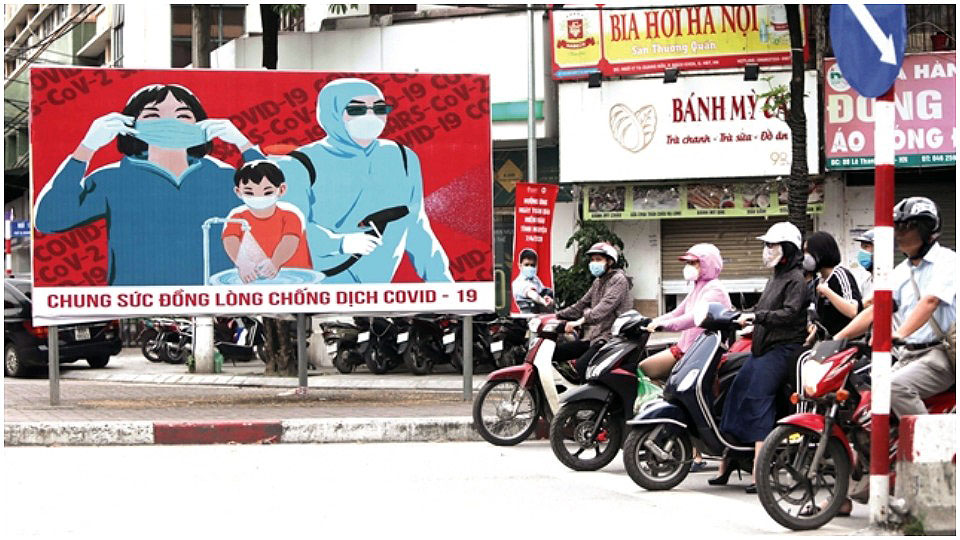
HANOI—Helicopters hovering over rice paddies, burning villages, and the sound of gunfire are the images many older Americans conjure when they hear the word Vietnam. Hollywood provides grist for our imagination about this country. For younger people, if they think of Vietnam at all, their images are those of a poor, developing country or elderly women wearing their nón lá (the traditional conical hat) and bicycling through the countryside.
As an American living in Vietnam, many friends and family in the United States have been worried about my safety during the current global pandemic. I’ve received calls and messages asking about the situation here. All are surprised when I tell them that I’m thankful to be in the safest place in the world. Their question is always, “How could that be?”
After all, Vietnam shares a long land border with China—Ground Zero for the pandemic. They don’t understand how a “poor” nation like Vietnam can be effectively handling this global crisis while rich and powerful nations in the West are facing their most crippling disaster since World War II.
The answer is a simple one. The Vietnamese government and the Vietnamese people have made stopping the spread of the virus their number one priority from day one. Everything else comes second.
COVID-19 began to spread just as millions of Vietnamese were getting on planes to return home from celebrating Tet, the Vietnamese Lunar New Year. Immediately, the government began to take visible action. Schools remained closed as families returned home. Signs appeared around the city, and announcements were made on the news asking that anyone who had been to Wuhan contact the Ministry of Health to be tested for infection. The government launched a website and mobile app for people to report their travel history and current health situation.
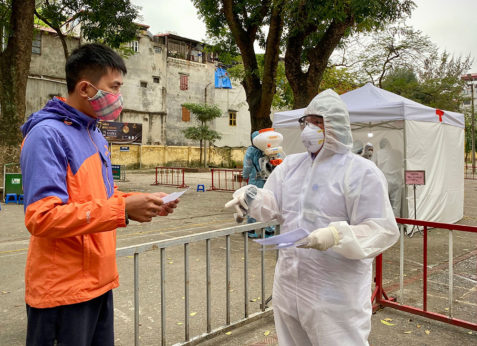
Public health services also immediately ramped up. Anyone that checked into a hotel or went to a medical facility was handed a health declaration and had their temperature taken. At the entrance to supermarkets, people had their temperature taken and recorded before shopping. Whenever someone was found to be infected, regardless of their symptoms, they were immediately hospitalized, their neighborhood was quarantined, and the government contacted anyone that person had been in contact with and placed them under medical observation. Notably, the medical expenses of all Vietnamese citizens were covered by the government, and anyone in quarantine was given fresh food daily for free. Free masks and hand sanitizer were available throughout the country.
Citizens and businesses took their own steps to fight the spread of the virus. Corporations set up free supermarkets for the needy. A pseudo-ATM machine that freely distributes rice was invented, and units were installed around the country. As the virus progressed and the response grew, people volunteered to go to quarantine camps to help translate between medical officials and any foreigner that found themselves under medical observation. Other citizens made face masks at home and gave them away for free.
The government told the Vietnamese people that they all needed to be soldiers to win the war against COVID-19. It was clear from the beginning that citizens answered the call to mobilize as all Vietnamese, rich and poor, stepped up to help.
By all measures, three months into this war, Vietnam has been among the most successful countries in the world, if not the most successful, in the fight against COVID-19. Meanwhile, the United States, the richest and most powerful country in the world, struggles to provide even basic protective medical equipment to its medical professionals and has yet to institute an effective and comprehensive testing regimen for its citizens. As an American living in Vietnam, I cannot help but notice this juxtaposition and its lessons.
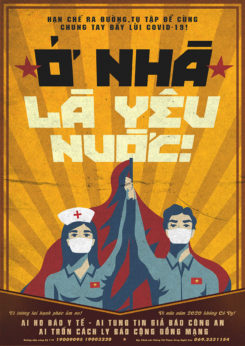
Every student in Vietnam studies what’s called “Ho Chi Minh Thought,” the country’s national ideology, which is named for the leader of the country’s decades-long struggle for national liberation. In 1958, in the midst of that fight for independence and re-unification, Ho expressed what has become a central aspect of the moral and ethical code in the country: “… one must rely…on the force of the collective, of society, in all undertakings. More than ever, the individual cannot stand apart but must join the collective, join society.” For the good of society, individuals must be willing to make some sacrifices. It is this lesson that has made Vietnam particularly well-suited to win the war against COVID-19.
It is also this lesson that stands in direct contrast to everything we are taught in the United States. In the United States, the “economy” (a word usually used as a synonym for “stock market”) comes before all else. The “individual” comes second. This is why cable news stations are full of interviews with the rich and powerful saying that average people should be sent back to work even if it endangers their lives. The economy comes first.
Powerful people like Dan Patrick, the Republican Lieutenant Governor of Texas, and celebrity Dr. Phil, go on television and tell people that their individual freedom is being assaulted. Even more, they should be willing to die for the economy. Unfortunately, many people hear this message, and it resonates. It reminds them of what they have always been told makes America great. America is great because it is rich and its citizens are free because they have the freedom to work to make money for their bosses. Now, the streets of many cities have seen a smattering of protesters risking illness and death, fighting against their own best interests, and demanding to serve the powerful.
This war is not yet over. Despite Vietnam’s great success so far in stopping the spread of the virus and keeping the number of fatalities at zero, the government and the people know that they need to remain vigilant. Everyone is prepared to do what needs to be done to win. Meanwhile, in the United States, the population has suffered more deaths from the COVID-19 pandemic than American combat deaths in the Korean War, the War in Vietnam, or even World War I. If Americans choose to look around the world to see what can be done to end this pandemic, Vietnam and its people have set the example.
The author thanks Kevin Doyle for his assistance.



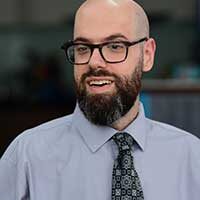


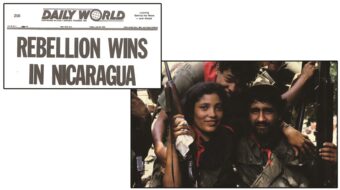





Comments